I have tried the https://www.regex101.com/#javascript tool, as well as a similar stackoverflow question and yet haven't been able to solve/understand this. Hopefully someone here can explain what I am doing wrong. I have created as detailed, step-by-step of an example as I can.
My goal is to be able to parse custom attributes, so for example:
I wrote some jquery code to pull in the attribute and the value, and then wanted to run regex against the result.
Below is the html/js, the output screenshot, and the regular expression screenshot, which says my regex query should match what I am expecting.
Expected result: 'valOne' Result: ':valOne' <-- why am I getting a ':' character?
<html>
<head>
<script src="https://ajax.googleapis.com/ajax/libs/jquery/2.2.0/jquery.min.js"></script>
<script>
$(document).ready(function() {
$('[customAttr]').each(function(){
var attrValues = $(this).attr('customAttr');
var regEx_attrVal = /[\w:]+?(?=;|$)/g;
var regEx_preColon = /[\w]+?(?=:)/g;
var regEx_postColon = /:(\w*)+?(?=;|\b)/g;
var customAttrVal = attrValues.match(regEx_attrVal);
var customAttrVal_string = customAttrVal.toString();
console.log('customAttrVal:');
console.log(customAttrVal);
console.log('customAttrVal_string: '+customAttrVal_string);
var preColon = customAttrVal_string.match(regEx_preColon);
preColon_string =preColon.toString();
console.log('preColon');
console.log(preColon);
console.log('preColon_string: '+preColon_string);
var postColon = customAttrVal_string.match(regEx_postColon);
postColon_string = postColon.toString();
console.log('postColon');
console.log(postColon);
console.log('postColon_string: '+postColon_string);
console.log('pre: '+preColon_string);
console.log('post: '+postColon_string);
});
});
</script>
</head>
<body>
<div customAttr="val1:valOne">
Test custom attr
</div>
</body>
</html>

